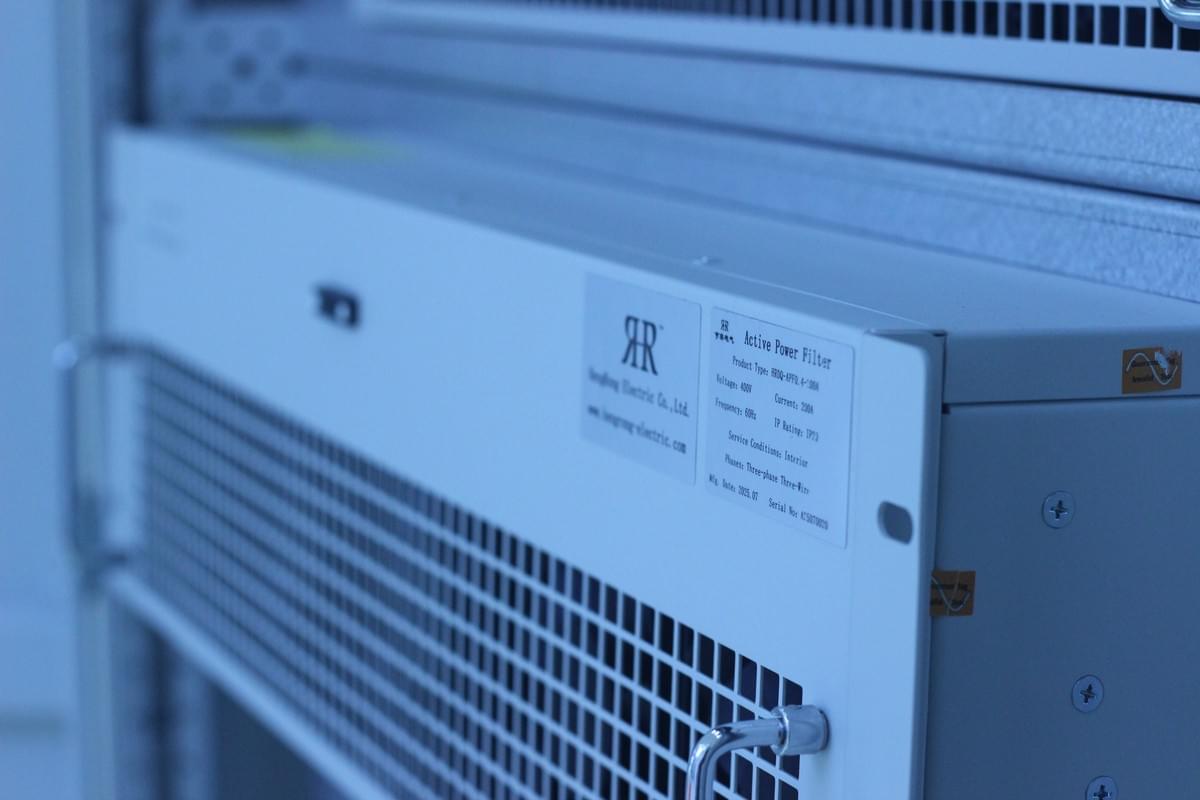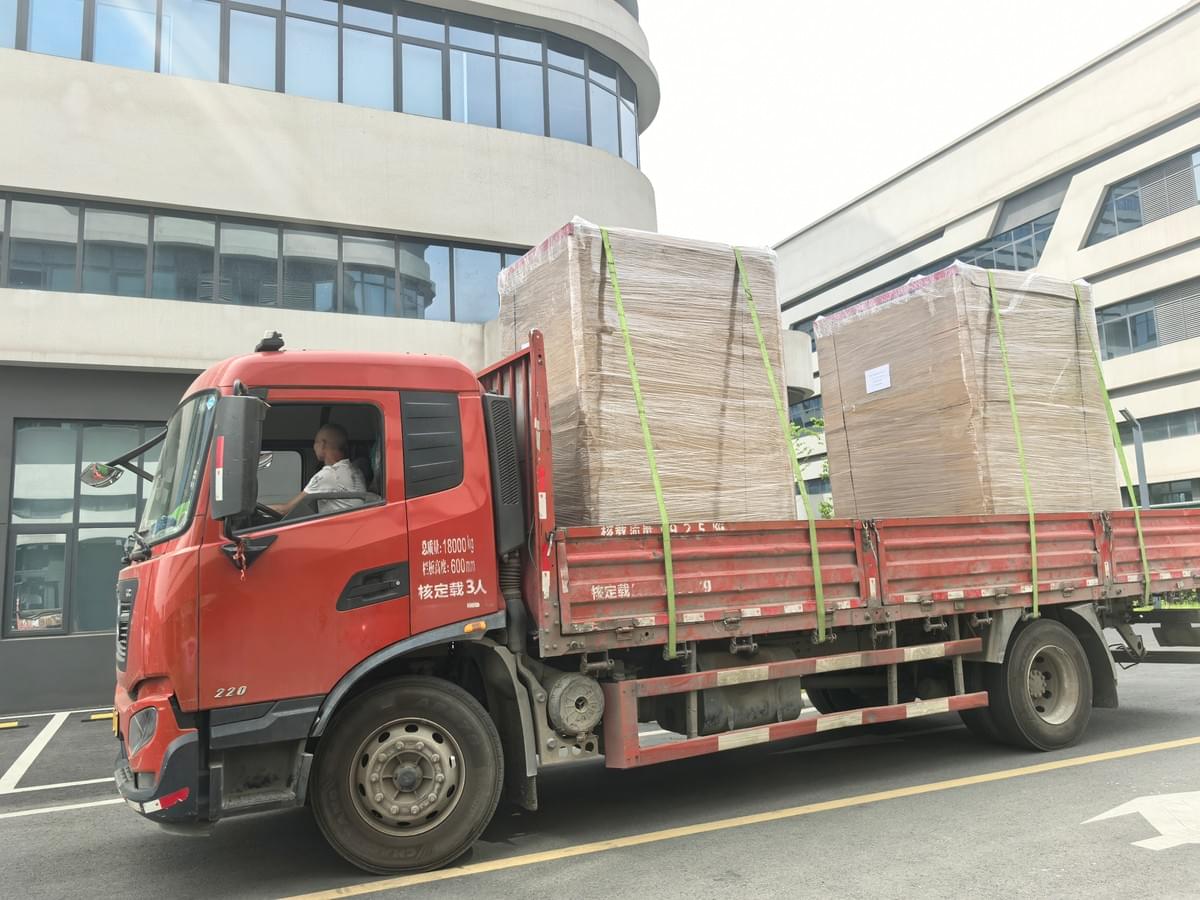In the daily operation of electrified railways, the stability of the traction power supply system has a direct impact on transportation efficiency and cost control. The traction load of electrified railways is characterized by a single-phase, nonlinear impact load. When connected to the power system, it tends to cause issues such as harmonic pollution, excessive negative sequence current, and a low power factor, which are particularly prominent on lines operating SS4, SS8, and SS9 Shaoshan-type AC-DC electric locomotives. With the improvement of the commercial operation mechanism in the power market and the adoption of the metering method where reactive power reverse transmission is counted as positive, railway operating units will face substantial fines when the power factor of traction substations is substandard, significantly increasing railway transportation costs. The emergence of the Static Var Generator (SVG) provides an efficient solution to address these problems.

1. Load Pain Points of Electrified Railways and Reactive Power Compensation Needs
The traction load characteristics of electrified railways pose multiple challenges to the power system, and understanding these characteristics is fundamental to achieving effective compensation.
1.1 Three-Phase Unbalanced Harmonic Source
Electrified railway locomotives operate relying on thyristor rectification. Such single-phase, asymmetric loads, when connected to the power system, disrupt the symmetrical operation of the power grid. Meanwhile, due to the nonlinear nature of electric locomotives, during power supply from the power system to the railway, part of the fundamental wave energy is converted into harmonics while transmitting the fundamental wave energy supplied by the system, reducing power quality and damaging system equipment.
1.2 Impact Load
The traction load of electrified railways is a special load that is single-phase, mobile, and with frequent and drastic amplitude changes. It operates daily according to the train operation diagram, showing obvious characteristics of the daily fluctuating load. This daily fluctuating load is related to various factors such as line conditions, locomotive type and operation, locomotive speed, traction weight, and operation diagram, exhibiting significant fluctuation characteristics, thus differing from general continuous power loads.
1.3 Impact of Low Power Factor
A decrease in the power factor of traction substations will increase voltage loss in the transmission network, leading to higher power loss in the power network and increased voltage loss in the power supply system. The catenary voltage drops, and the current through key equipment such as step-down transformers and motors in electric locomotives increases, resulting in higher heat generation, which affects the power output of electric locomotives, increases the probability of main circuit failures, and shortens the service life of locomotives. It also causes the traction transformer capacity to be underutilized, requiring an increase in transformer capacity to supply a certain traction load, thereby raising power supply costs.

2. Technical Principles and Core Advantages of SVG
2.1 Dynamic Compensation Principle of SVG
The basic working principle of SVG is to connect a self-commutated bridge circuit to the power grid through a reactor or directly. By appropriately adjusting the phase and amplitude of the AC side output voltage of the bridge circuit, or directly controlling its AC side current, the circuit can absorb or emit the required reactive current to achieve the purpose of dynamic compensation. Additionally, after adopting measures such as multi-level, multi-phase, or PWM technology, SVG can greatly reduce the harmonic content in the compensation current. Compared with traditional SVC represented by TCR, SVG uses smaller capacitor components, which significantly reduces the volume of the device and saves floor space.
2.2 SVG vs SVC: Why SVG is More Advantageous?
Currently, traction substations of electrified railways in China mainly adopt SVC (Static Var Compensator) and SVG (Static Var Generator) to solve such problems. SVC is mainly divided into static var compensators (FC+TCR) using thyristor-controlled reactors (TCR) and fixed capacitor compensation (FC) in combination, and MCR-type static var compensators using magnetically controlled reactors (MCR) in combination with shunt capacitor banks. With the development of power electronic technology, the application of SVG in electrified railways has become increasingly mature. Compared with SVC, SVG has the advantages of flexible control, fast response speed, high reliability, and small floor space.

3. SVG Renovation Practice at Nandan Traction Substation
3.1 Renovation Background: Aging Equipment Urgently Needs Upgrading
The Guizhou-Guangxi Line is a single-track electrified railway, and some Shaoshan-type electric locomotives are still in operation on the line. Nandan Substation on the Guizhou-Guangxi Line is a direct-supply traction substation with an incoming line voltage level of 110 kV. The installed capacity of the transformer is 2×(8+12.5) MVA, with a three-phase V/V wiring type. This set of equipment has been in operation for more than 10 years, with problems such as thyristor and control board failures occurring one after another. After the dynamic compensation equipment was withdrawn, the power factor of the traction substation was only 0.75. Therefore, it was decided to replace the original SVC equipment with SVG equipment with more prominent advantages. After replacement, the compensation capacities of phase A and phase B SVG equipment are 9 Mvar and 5 Mvar, respectively.
3.2 Attempt at Single-Phase SVG Compensation: Problems Emerge
After completing the replacement of phase B equipment, considering that the replacement of phase A compensation device would take a long time, and the power factor would fail to meet the power company's requirement of above 0.9 during the construction process, an attempt was made to compensate the reactive power of the entire substation by only putting into operation the single-phase (phase B) at the 27.5 kV side of the substation. However, through monitoring the operation data after commissioning, with only phase B SVG put into operation within a day, the power factor of the substation was 0.79. The reason is that the active and reactive power of the substation are counted on the 110 kV system high-voltage side, while the single-phase SVG control point is at the 27.5 kV side of phase B, and the compensated reactive power is output by phase B.
3.3 Optimization, Adjustment, and Final Effect
To meet the compensation requirements of the high-voltage side, the current sampling point of phase B SVG was connected to the 110 kV high-voltage side to attempt to compensate for the reactive power of the entire substation. However, during the trial operation, although the power factor improved significantly initially, reaching around 0.85, as the operation time increased, the phase B dynamic compensation circuit breaker tripped due to overvoltage, and the on-site recorded voltage of the 27.5 kV bus exceeded 31 kV. Finally, after both phase A and phase B SVG equipment were put into operation, the SVG device showed good compensation characteristics, with the power factor of the entire substation reaching 0.97, and also exhibited good filtering performance.
4. Practical Conclusion: Key Insights for SVG Application
The renovation practice of Nandan Traction Substation shows that the Static Var Generator (SVG) has prominent advantages over the traditional Static Var Compensator (SVC). However, it should be noted that the method of compensating the reactive power of the entire substation by changing the sampling point position when a single-phase SVG is put into operation is difficult to implement, especially when installed on the light load side, which easily causes overcompensation. To achieve reactive power compensation for the entire substation, it is necessary to put into operation two or more phases of SVG equipment.

Hengrong Electric Co., Ltd. has extensive experience in reactive power compensation technology. Based on extensive engineering experience, we are able to provide customized SVG solutions to help customers improve the power factor of traction power supply systems, reduce the risk of operational penalties, and lower rail transportation costs.
